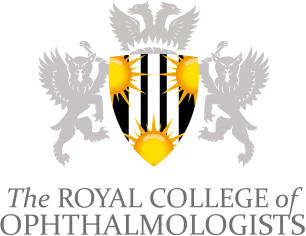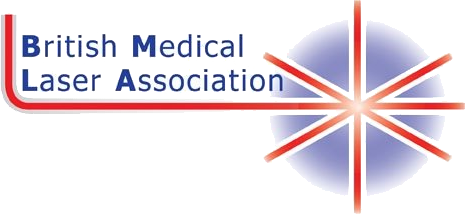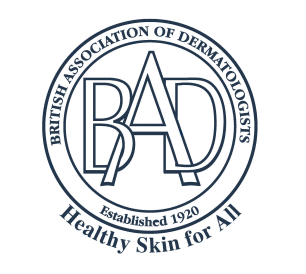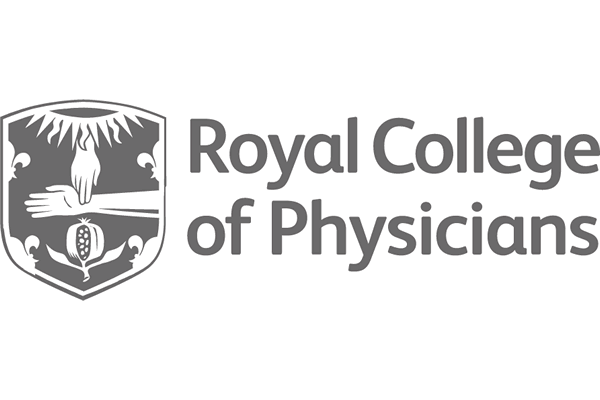The extent of scarring after surgical removal of a skin lesion depends on several factors, such as the size and location of the lesion, the skill of the surgeon, and the healing process of the patient.
In general, smaller lesions and those removed from areas with loose skin tend to result in less noticeable scarring.
After the surgical removal of a skin lesion, the recovery process typically involves some degree of pain and discomfort, which can be managed with over-the-counter pain medications or prescribed painkillers. The site of the incision will be covered with a dressing, which will need to be changed periodically in the first few days after the procedure.
In the days and weeks following the procedure, the patient needs to keep the area clean and dry to prevent infection. Your surgeon may recommend a topical antibiotic or other medications to help prevent infection and promote healing. You should also avoid activities that could irritate the incision site or cause it to reopen, such as strenuous exercise, heavy lifting, or stretching.
Over time, the incision site will begin to heal, and the scab that forms will eventually fall off on its own. During this time, it’s important to avoid picking at the scab, as this can increase the risk of scarring.
As the wound continues to heal, the scar will gradually fade and may become less noticeable over time.
It’s important to follow the surgeon’s post-operative instructions carefully to ensure proper healing and minimize scarring.
In some cases, your surgeon may recommend additional treatments or procedures, such as scar massage or laser therapy, to help reduce the appearance of scarring.



















